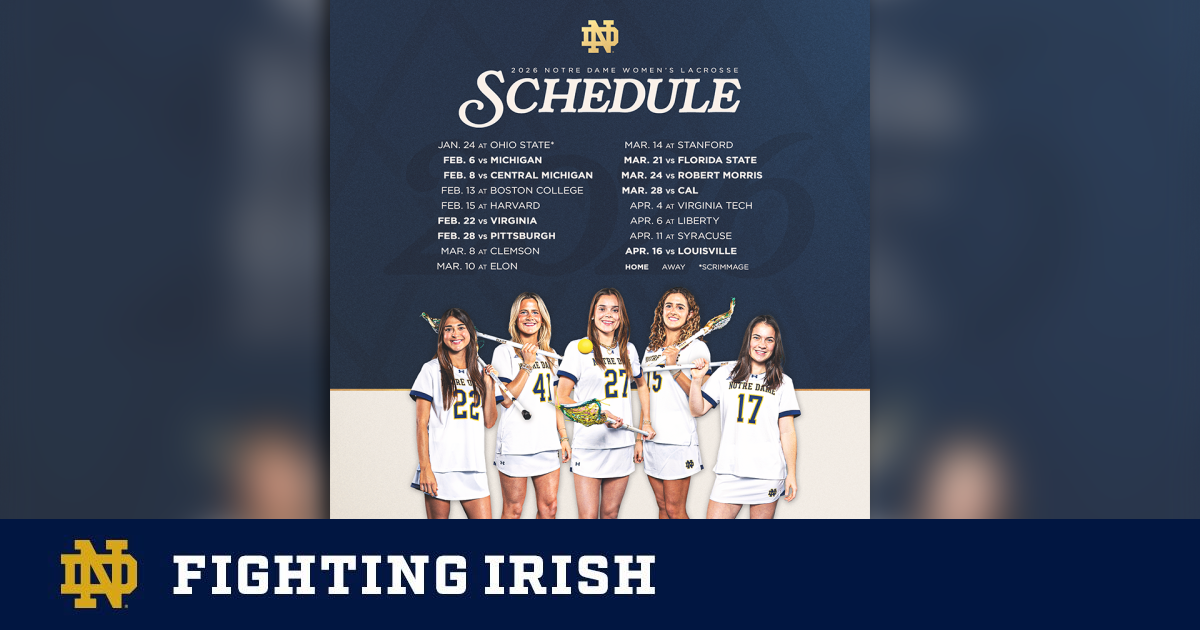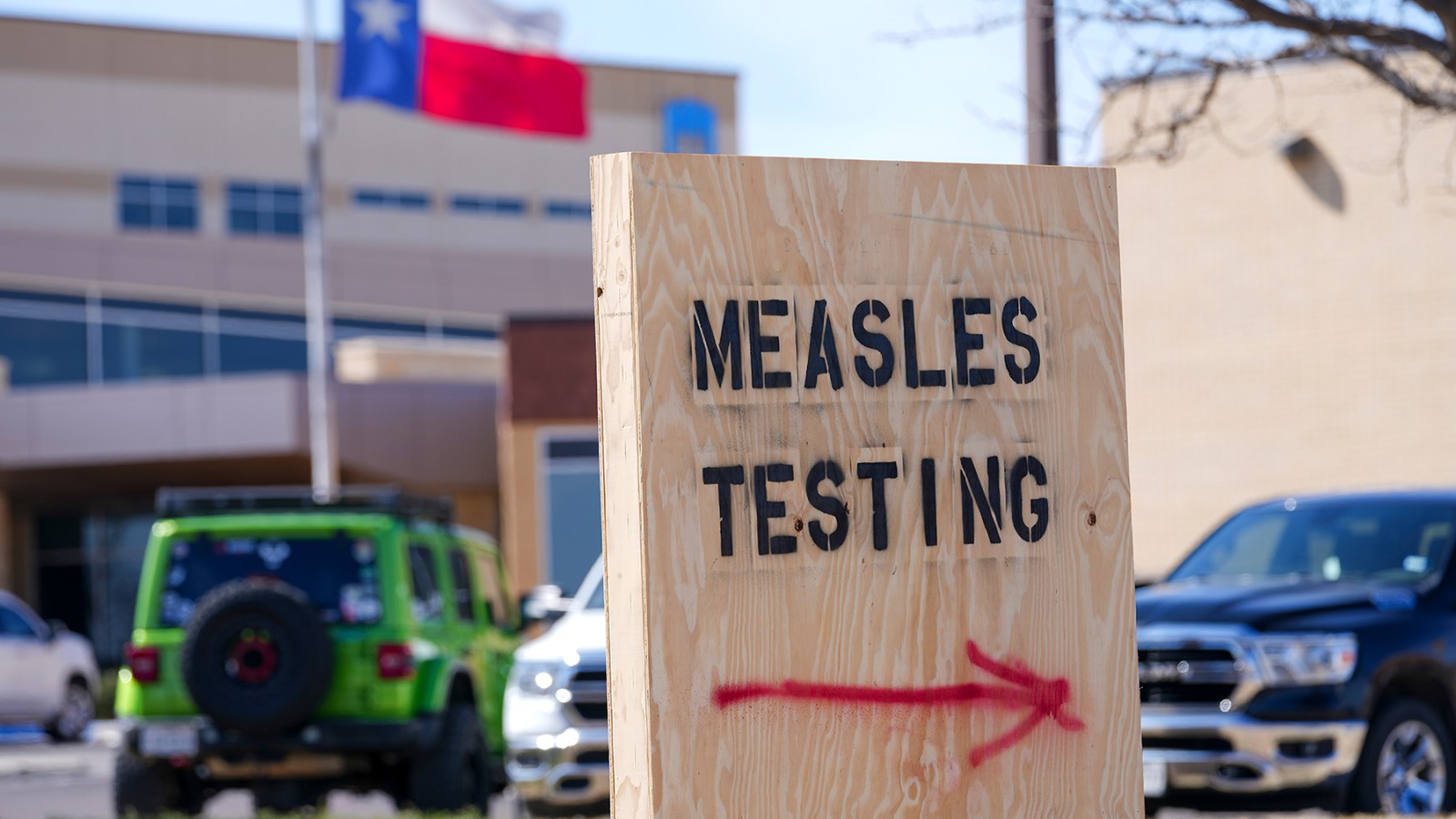Published on December 19, 2025
Survey identifies key strengths, gaps in support for local entrepreneurs.
A recently completed assessment of Charlotte’s small business ecosystem is already helping to shape how small businesses access resources, capital and long-term growth opportunities.
The Charlotte Small Business Ecosystem Assessment, completed in November, drew on extensive community engagement to capture a comprehensive view of the local small business landscape in Charlotte. The report included input from 860 small business survey respondents; more than 40 virtual and in-person focus groups with entrepreneurs, business support organizations and community partners; and interviews and discussions with city staff and City Council members.
The findings offer fresh insight into the current state of Charlotte’s small business environment, including what’s working and where gaps remain. The work was led by TPMA, a national workforce and economic development consulting firm, in partnership with Charlotte Economic Development.
“Now that we have the results, there’s a big opportunity to turn those findings into lasting impact,” said Christi Floyd, senior manager in Charlotte Economic Development. “This work will help us better align our support structures to ensure that businesses in Charlotte don’t just survive but thrive.”
This fall, the study moved into the implementation phase — with Charlotte Economic Development engaging stakeholders through workshops, focus groups and community outreach. These conversations will inform a long-term action plan aimed at improving access and resilience across Charlotte’s small business ecosystem. The implementation plan, expected to be presented to city leadership in early 2026, will guide how the city aligns its investments, programs and partnerships to directly address the needs revealed in the survey.
Survey Findings
The survey results identify several existing strengths in the ecosystem:
- The city’s Corridors of Opportunity program, which invests in six under-resourced communities.
- A strong network of mission-driven support organizations aiding entrepreneurs and small business owners. The city’s business resource network includes more than 50 active partners.
- City-backed initiatives that increase access and opportunity for businesses, including AMP Up, a business growth program.
- High satisfaction with available support — 90% of respondents who accessed services said they were at least “somewhat useful.”
The results also identify areas for improvement, including:
- Stronger linkages with major employers and anchor institutions.
- Improved access to capital, with more than half of respondents (54%) struggling to identify appropriate funding sources.
- A need to expand venture capital availability to remain competitive with peer cities.
- More intentional trust-building between small businesses and institutional partners.
- Targeted strategies to close equity gaps for underrepresented business owners.
Floyd mentioned that the assessment is already shaping new initiatives such as the recently announced Small Business Readiness program. The program, part of the Skilled to Build initiative expected to begin in late fall 2026, will provide training and resources to prepare businesses to bid and compete for city-led contracts tied to the one-cent sales tax approved in November.
Small Business Reports
The project is funded through the Coronavirus State and Local Fiscal Recovery Fund. This is one of two recent city-supported studies on entrepreneurship. In April, Innovation Charlotte released the 2024 Charlotte Startup Ecosystem Report (CSER24), an analysis of the city’s progress in building a thriving startup ecosystem.
You can view the Small Business Ecosystem Assessment reports as well as updates on the initiative by visiting the Charlotte Small Business Ecosystem Assessment webpage.









